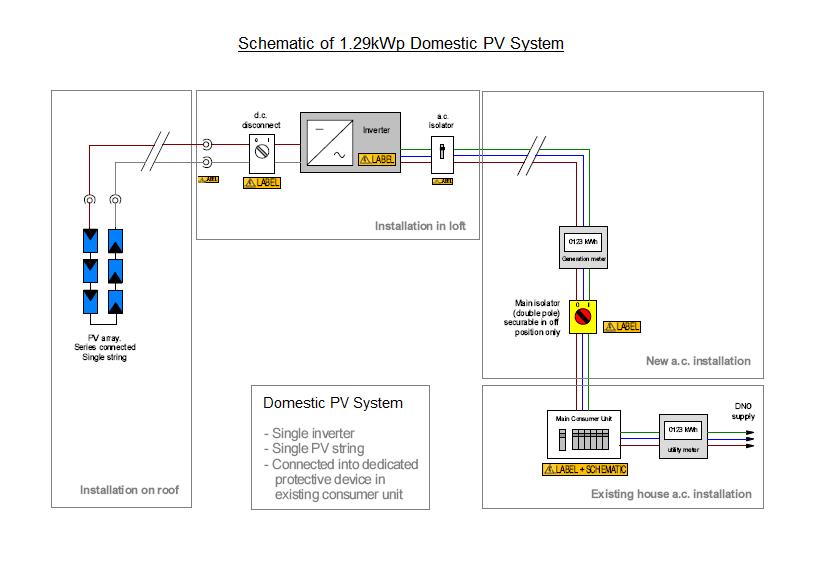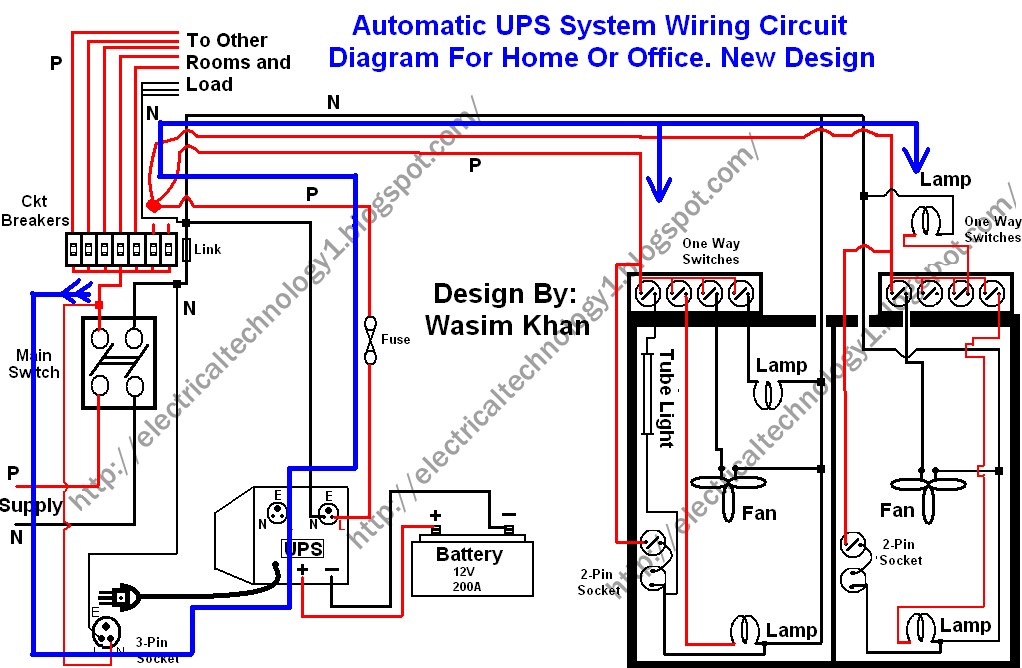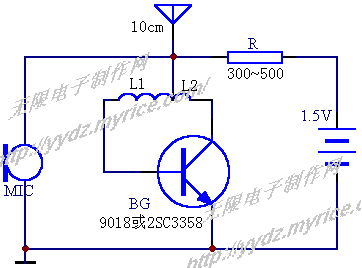
Low/Zero-Carbon Office

The intention is to genuinely and measurably reduce energy consumption and/or micro-generate energy, leading to a net reduction in the energy imported to a residence each year. Since 2007/2008, all office lighting has been transitioned off-grid, achieving a zero-carbon status aside from the embodied energy costs of manufacturing. The Internet server is occasionally powered off-grid from the office lighting system, resulting in a slightly lower average power consumption of 25W instead of the measured 27W. As of early 2009, the separate SDSL router and WiFi have been combined into a single unit consuming approximately 8W (up to 10W when a laptop is connected), leading to an estimated daily consumption of below 1kWh. The average daily energy consumption in the office is around 1.1kWh, significantly reduced from approximately 16kWh per day prior to waste reduction efforts.
To cover the 1.1kWh daily consumption, approximately 450Wp of solar panels would be required, assuming optimal conditions with a south-facing roof at a 37° pitch. However, due to the roof's orientation (east and west facing) and a pitch of about 23°, energy collection is reduced by about 15%, necessitating around 550Wp of panels for sufficient energy generation. This reduction is particularly pronounced in winter when solar energy collection can decrease by up to 50%. The grid cannot be considered a perfect energy store, as most power exported during the summer will be from low-carbon sources, while winter imports may rely on higher-carbon fuels. To cover daily consumption locally during winter without imports, a minimum of 3kWp of panels and a more complex energy storage system would be required. Aiming for a 1.1kWp system provides a reasonable balance for energy needs throughout the year, especially considering the carbon intensity of imported and exported energy.
The proposed energy generation system involves the installation of solar photovoltaic (PV) panels on the roof, optimized for local weather conditions and energy consumption patterns. The system design should account for the roof's orientation and pitch, aiming for maximum solar exposure. The inclusion of energy storage solutions, such as batteries, would allow for the accumulation of energy during peak sunlight hours, enabling the use of stored energy during periods of low solar generation, particularly in winter months.
The energy management strategy should include monitoring systems to track energy production and consumption in real-time, allowing for adjustments to optimize efficiency. The integration of smart technology may enhance the system's performance by managing loads and utilizing energy during off-peak hours. This holistic approach ensures that energy generation aligns with consumption patterns, contributing to a sustainable and low-carbon energy future.
In summary, the design and implementation of a solar PV system tailored to specific consumption needs and environmental conditions can significantly reduce reliance on imported energy, promote energy independence, and support the transition towards a low-carbon lifestyle.I don`t want to use carbon offsetting, eg planting trees that nominally soak up some agreed amount of carbon/CO2 (for a while), but rather I want to genuinely and measurably reduce consumption and/or (micro)generate some of the energy that I consume, causing a net reduction in energy actually imported to the house each year. I`d already taken all my office lighting off-gridv by the start of this project in 2007/2008, so other than embodied manufacturing energy costs, I`m already zero-carbon there.
The Internet Server is sometimes taken off-grid and powered from the system used for the office lighting (eg ~5% of December, ~10% of Oct/Nov) so I have put a slightly lower mean power (25W) than the measured 27W. As of the start of 2009 the separate SDSL router and WiFi are now one ~8W box (up to 10W with my laptop plugged into a LAN port), so daily consumption on the above metrics is probably below 1kWh/day.
Thus my average daily energy consumption in the office is ~1. 1kWh/day, reasonably constant all year round. (This is down from ~16kWh per day before my efforts to eliminate waste. ) If I could attach fixed (non-tracking) panels to a completely unobstructed south-facing roof at optimal pitch (~37 °), and if I could regard the grid as effectively a 100%-efficient storage for power from a grid-connected PV system, and if for the southern UK I assume a year-round average of about 2. 47W/day per Wp of installed panel, then to cover the 1. 1kWh/day of consumption I`d need ~450Wp of panel. (PVGIS roughly agrees with this. ) The roof on our house is at about 23 °, but faces east on one side and west on the other, not south anywhere.
This knocks about 15% off year-round collected energy requiring a boost of the panel to ~550W to cover 1. 1kW/day average. The collection reduction is especially savage in winter (~50%) when the sun is low in the sky and stays more or less due south.
As discussed in Towards a Real LZC (Low/Zero-Carbon) UK Home and Saving Electricity it is probably not reasonable to regard the grid as a perfect energy store, since I will export most power in the summer when UK demand is low and can probably be largely met from low-carbon fuels such as natural gas and nuclear (as well as renewables such as other solar PV), so I probably end up preventing the burning of some natural gas. In winter, when I would need to import, UK demand is high, probably with a higher-carbon-intensity fuel mix, and more strain on (and losses in ) the grid.
If I wanted to cover each day`s consumption locally without any imports even in mid-winter, I`d probably need at least 3kWp of panels on the roof (east- or west- facing) and a more complex system including at least about 3+ days` worth of energy stored for consecutive overcast days. (If the roof were south-facing, 1. 1kWp of panel would probably suffice. ) Thus, realistically, aiming to cover a reasonable chunk (but not all) in winter, and significantly over-exporting in summer to compensate for the difference in carbon-intensity of summer-displaced exported units vs winter/night-imported units (say 0.
22kgCO2/kWh for efficient natural-gas-generated electricity now and near-future projected UK electricity carbon intensity, vs 0. 43kg+CO2/kWh average UK electricity carbon intensity circa 2007), is probably a reasonable balance and close to carbon-neutral.
A 1. 1kWp system, ie twice the minimum computed for year-round zero-electricity reflecting the export/import CO2 ratios above, is probably reasonable. This margin can also be taken to cover the embodied e 🔗 External reference
To cover the 1.1kWh daily consumption, approximately 450Wp of solar panels would be required, assuming optimal conditions with a south-facing roof at a 37° pitch. However, due to the roof's orientation (east and west facing) and a pitch of about 23°, energy collection is reduced by about 15%, necessitating around 550Wp of panels for sufficient energy generation. This reduction is particularly pronounced in winter when solar energy collection can decrease by up to 50%. The grid cannot be considered a perfect energy store, as most power exported during the summer will be from low-carbon sources, while winter imports may rely on higher-carbon fuels. To cover daily consumption locally during winter without imports, a minimum of 3kWp of panels and a more complex energy storage system would be required. Aiming for a 1.1kWp system provides a reasonable balance for energy needs throughout the year, especially considering the carbon intensity of imported and exported energy.
The proposed energy generation system involves the installation of solar photovoltaic (PV) panels on the roof, optimized for local weather conditions and energy consumption patterns. The system design should account for the roof's orientation and pitch, aiming for maximum solar exposure. The inclusion of energy storage solutions, such as batteries, would allow for the accumulation of energy during peak sunlight hours, enabling the use of stored energy during periods of low solar generation, particularly in winter months.
The energy management strategy should include monitoring systems to track energy production and consumption in real-time, allowing for adjustments to optimize efficiency. The integration of smart technology may enhance the system's performance by managing loads and utilizing energy during off-peak hours. This holistic approach ensures that energy generation aligns with consumption patterns, contributing to a sustainable and low-carbon energy future.
In summary, the design and implementation of a solar PV system tailored to specific consumption needs and environmental conditions can significantly reduce reliance on imported energy, promote energy independence, and support the transition towards a low-carbon lifestyle.I don`t want to use carbon offsetting, eg planting trees that nominally soak up some agreed amount of carbon/CO2 (for a while), but rather I want to genuinely and measurably reduce consumption and/or (micro)generate some of the energy that I consume, causing a net reduction in energy actually imported to the house each year. I`d already taken all my office lighting off-gridv by the start of this project in 2007/2008, so other than embodied manufacturing energy costs, I`m already zero-carbon there.
The Internet Server is sometimes taken off-grid and powered from the system used for the office lighting (eg ~5% of December, ~10% of Oct/Nov) so I have put a slightly lower mean power (25W) than the measured 27W. As of the start of 2009 the separate SDSL router and WiFi are now one ~8W box (up to 10W with my laptop plugged into a LAN port), so daily consumption on the above metrics is probably below 1kWh/day.
Thus my average daily energy consumption in the office is ~1. 1kWh/day, reasonably constant all year round. (This is down from ~16kWh per day before my efforts to eliminate waste. ) If I could attach fixed (non-tracking) panels to a completely unobstructed south-facing roof at optimal pitch (~37 °), and if I could regard the grid as effectively a 100%-efficient storage for power from a grid-connected PV system, and if for the southern UK I assume a year-round average of about 2. 47W/day per Wp of installed panel, then to cover the 1. 1kWh/day of consumption I`d need ~450Wp of panel. (PVGIS roughly agrees with this. ) The roof on our house is at about 23 °, but faces east on one side and west on the other, not south anywhere.
This knocks about 15% off year-round collected energy requiring a boost of the panel to ~550W to cover 1. 1kW/day average. The collection reduction is especially savage in winter (~50%) when the sun is low in the sky and stays more or less due south.
As discussed in Towards a Real LZC (Low/Zero-Carbon) UK Home and Saving Electricity it is probably not reasonable to regard the grid as a perfect energy store, since I will export most power in the summer when UK demand is low and can probably be largely met from low-carbon fuels such as natural gas and nuclear (as well as renewables such as other solar PV), so I probably end up preventing the burning of some natural gas. In winter, when I would need to import, UK demand is high, probably with a higher-carbon-intensity fuel mix, and more strain on (and losses in ) the grid.
If I wanted to cover each day`s consumption locally without any imports even in mid-winter, I`d probably need at least 3kWp of panels on the roof (east- or west- facing) and a more complex system including at least about 3+ days` worth of energy stored for consecutive overcast days. (If the roof were south-facing, 1. 1kWp of panel would probably suffice. ) Thus, realistically, aiming to cover a reasonable chunk (but not all) in winter, and significantly over-exporting in summer to compensate for the difference in carbon-intensity of summer-displaced exported units vs winter/night-imported units (say 0.
22kgCO2/kWh for efficient natural-gas-generated electricity now and near-future projected UK electricity carbon intensity, vs 0. 43kg+CO2/kWh average UK electricity carbon intensity circa 2007), is probably a reasonable balance and close to carbon-neutral.
A 1. 1kWp system, ie twice the minimum computed for year-round zero-electricity reflecting the export/import CO2 ratios above, is probably reasonable. This margin can also be taken to cover the embodied e 🔗 External reference


